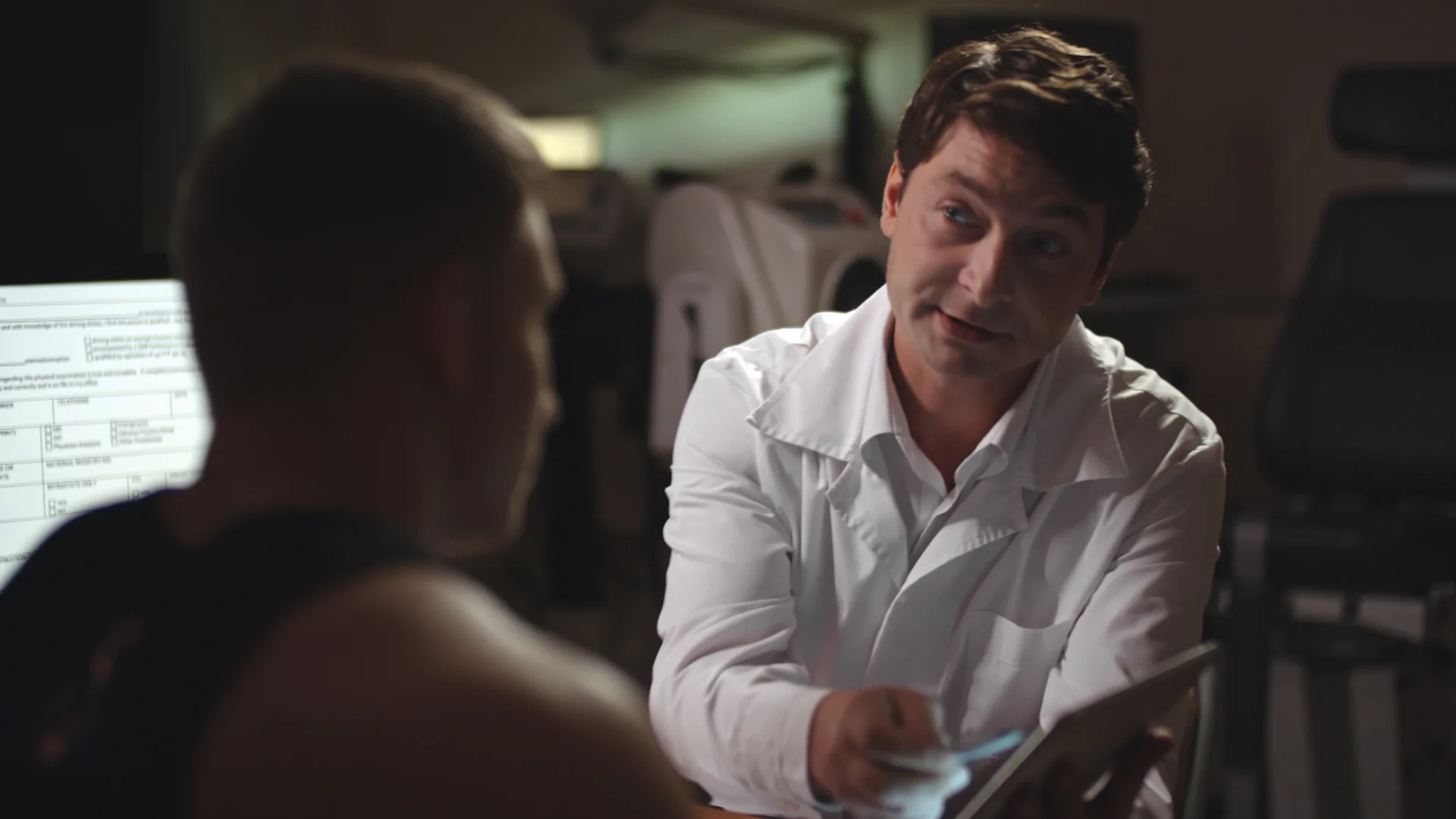Today when a patient visits their doctor’s office, the information gathered is only a window into that patient’s overall health. It’s what’s happening that day, in that precise moment.
Nicole Stout, DPT, Vice President Medical Affairs at Zansors says that health is what happens between doctor’s appointments. It’s the life and lifestyle a person leads every day, and it’s constantly changing and evolving.
So how do patients and providers bridge the information gap between visits? Medical-grade wearable sensors and apps will be game-changing for medical providers. In fact, The Journal of the American Medical Association (JAMA), a reputable peer-reviewed medical journal, just published a column on Zansors’ work with University of Michigan on a wearable device that detects sleep apnea.
“I’ve sometimes been asked by healthcare providers, ‘Do you think technology is going to replace me as a healthcare provider?’ And my answer is that the technology may not replace you, but a healthcare provider who knows how to use technology in more sophisticated and efficient ways—that might be who replaces you,” said Stout.
This is a possible future, but Stout also acknowledges that we’re not there quite yet. Physicians need to rely on valid information, and they need real-time objective data. It’s hard to get that right now for many of the wearable products and apps that are out on the market. The good news is, companies like Zansors are working on medical-grade, evidence-based sensors and apps.
Zansors collaborates with medical researchers, clinicians and biostatisticians to identify and treat real health problems. By leveraging wearable and mobile health technology, Zansors is giving patients the tools to capture, monitor, and track their personal health analytics on a day-to-day basis.
“We want to be able to take that information and data and pass it on to your care team, so that you can work with them in a different way to make better decisions about your health,” said Stout.
By bringing clinical science data collection into the home, patients can control how information is collected, decide how to share it, and learn from it so you can make changes on a personal level.
In the future, Zansors anticipate providers will reshape how they utilize data from wearables and apps.
“They’re going to be able to rely on the data that they get from Zansors products in a different way,” said Stout. “That’s going to become an enabler for them to change their practice and deliver more tailored, personalized medicine to an individual.”
For more, watch Nicole Stout, DPT, Vice President of Medical Affairs at Zansors:


